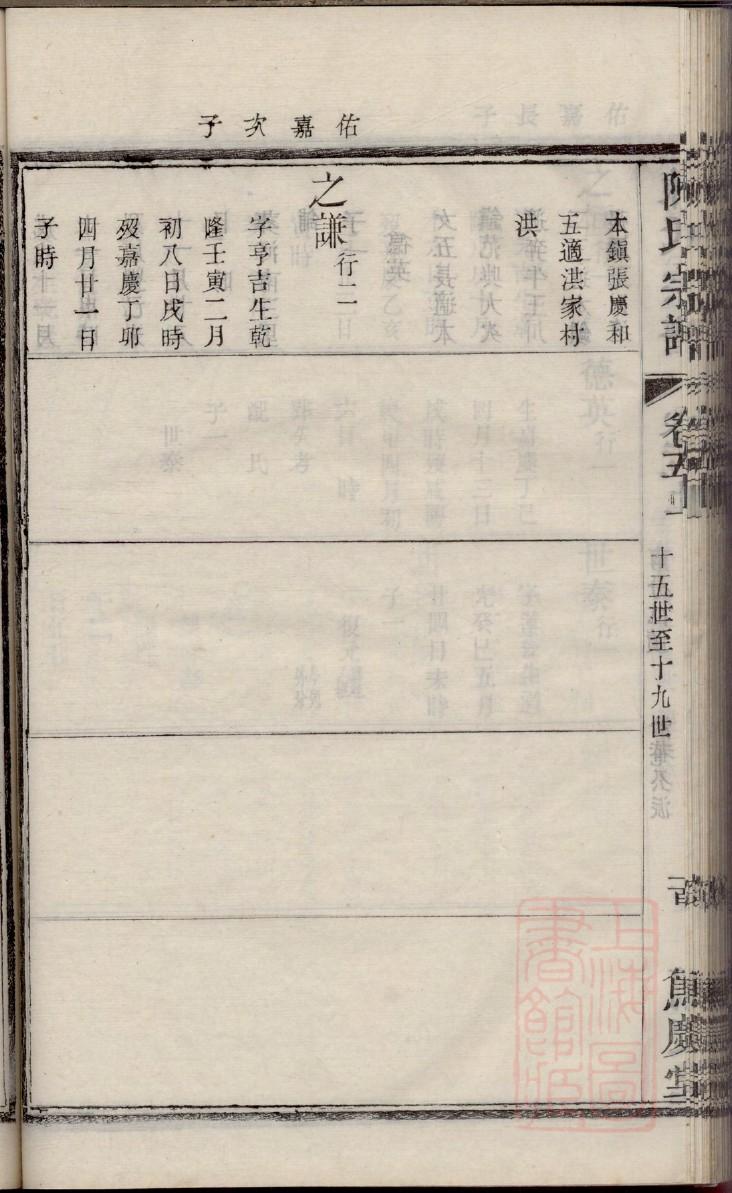Warning: Undefined variable $case in /www/wwwroot/dajiapu.com/wp-content/themes/Git-alpha/include/seo.php on line 109
Warning: Undefined variable $case in /www/wwwroot/dajiapu.com/wp-content/themes/Git-alpha/include/seo.php on line 110
Warning: Undefined variable $case in /www/wwwroot/dajiapu.com/wp-content/themes/Git-alpha/include/seo.php on line 111
Warning: Undefined variable $case in /www/wwwroot/dajiapu.com/wp-content/themes/Git-alpha/include/seo.php on line 113
Warning: Undefined variable $case in /www/wwwroot/dajiapu.com/wp-content/themes/Git-alpha/include/seo.php on line 109
Warning: Undefined variable $case in /www/wwwroot/dajiapu.com/wp-content/themes/Git-alpha/include/seo.php on line 110
Warning: Undefined variable $case in /www/wwwroot/dajiapu.com/wp-content/themes/Git-alpha/include/seo.php on line 111
Warning: Undefined variable $case in /www/wwwroot/dajiapu.com/wp-content/themes/Git-alpha/include/seo.php on line 113
Title: Exploring the Genealogical Tree: A Journey Through Ancestral Roots
Abstract:
This article delves into the intricate world of genealogical trees, offering a comprehensive exploration of their significance, construction, and the invaluable insights they provide into our ancestral roots. By examining various aspects of genealogy, from traditional paper-based trees to digital platforms, this piece aims to highlight the importance of preserving family history and the personal journey that unfolds as we unravel the threads of our heritage.
The Significance of Genealogical Trees
Genealogical trees, often referred to as family trees, are more than just a collection of names and dates. They serve as a visual representation of our familial connections, tracing the lineage from our earliest ancestors to the present day. These trees are not only a testament to our heritage but also a valuable tool for understanding our cultural background and personal identity.
Preserving Family Legacy
One of the primary reasons for creating a genealogical tree is to preserve the legacy of our ancestors. As the saying goes, those who do not remember the past are condemned to repeat it. By documenting our family history, we ensure that the stories, traditions, and values of our forebears are not forgotten.
Discovering Personal Identity
As we delve into the lives of our ancestors, we often find connections that shape our own identities. Learning about our ancestors' professions, hobbies, and life choices can provide us with a deeper understanding of ourselves and our place within the family tapestry.
Constructing the Genealogical Tree
Creating a genealogical tree requires patience, attention to detail, and sometimes a bit of detective work. Here's a step-by-step guide to help you get started:
Gathering Information
The first step in constructing a genealogical tree is to gather as much information as possible. This can include birth, marriage, and death certificates, military records, and even oral histories passed down through generations.
Organizing the Data
Once you have gathered the necessary information, it's time to organize it. You can use various tools, from paper charts to digital software, to create your genealogical tree. Ensure that you include all relevant details, such as names, dates, and relationships.
Connecting the Dots
With the data organized, the next step is to connect the dots and establish the familial relationships. This may involve identifying common ancestors, determining family branches, and mapping out the lineage of each individual.
Digital Platforms and Tools
In recent years, digital platforms and tools have made it easier than ever to create and share genealogical trees. Here are a few popular options:
Ancestry.com
Ancestry.com is one of the most well-known genealogy websites, offering a vast database of historical records and a user-friendly platform for creating family trees.
FamilySearch.org
FamilySearch.org, maintained by The Church of Jesus Christ of Latter-day Saints, provides free access to a vast collection of genealogical resources and tools.
Heritage.com
Heritage.com offers a comprehensive suite of genealogy tools, including family tree software, historical records, and collaboration features.
Conclusion
The creation and exploration of genealogical trees are more than just hobbies; they are a journey through time, uncovering the lives and stories of those who came before us. By delving into our ancestral roots, we gain a deeper understanding of ourselves and our place in the world. (Family history, Genealogy, Ancestral roots, Digital tools, Heritage)
Keywords:
- Family history
- Genealogy
- Ancestral roots
- Digital tools
- Heritage




